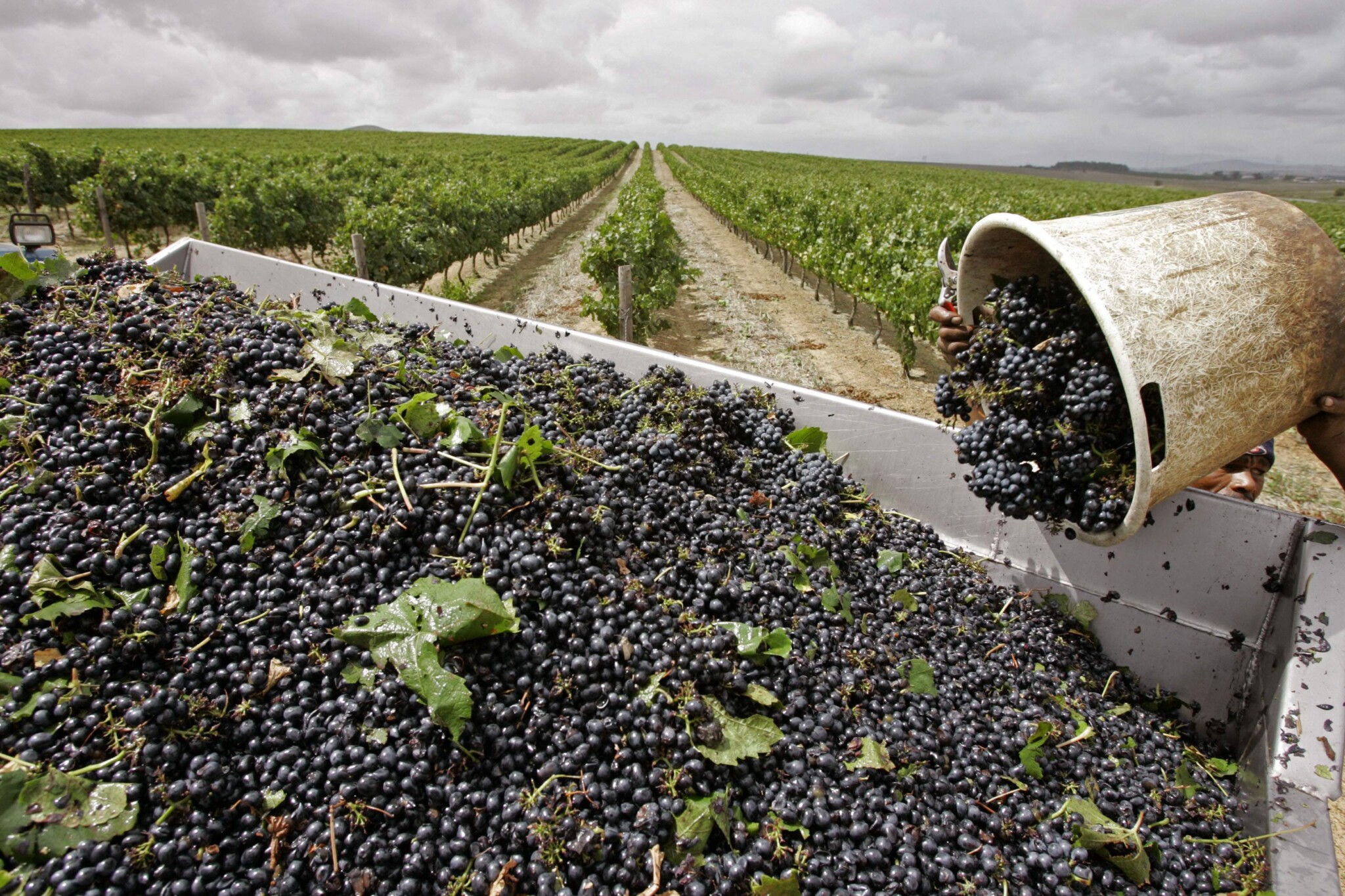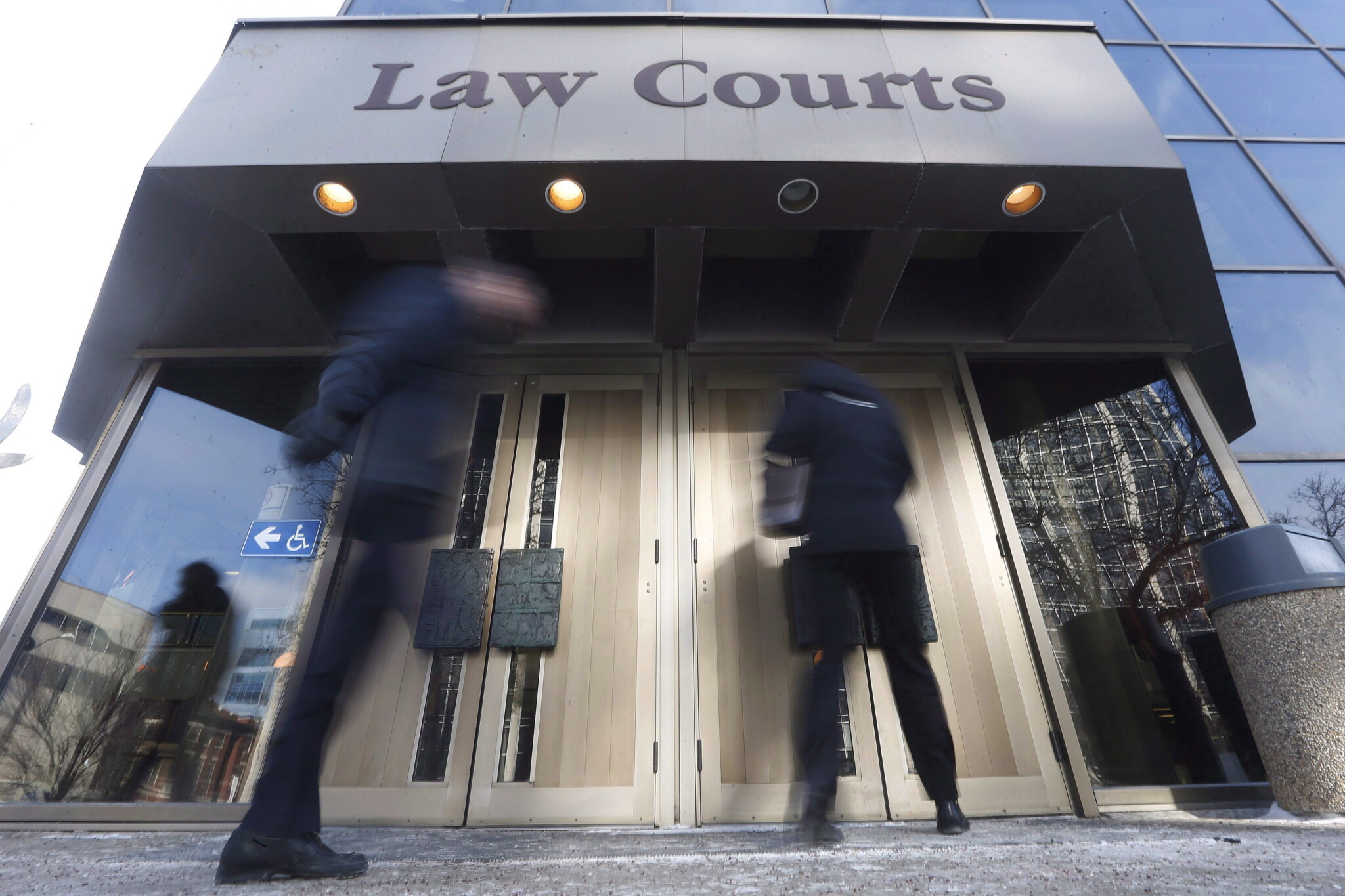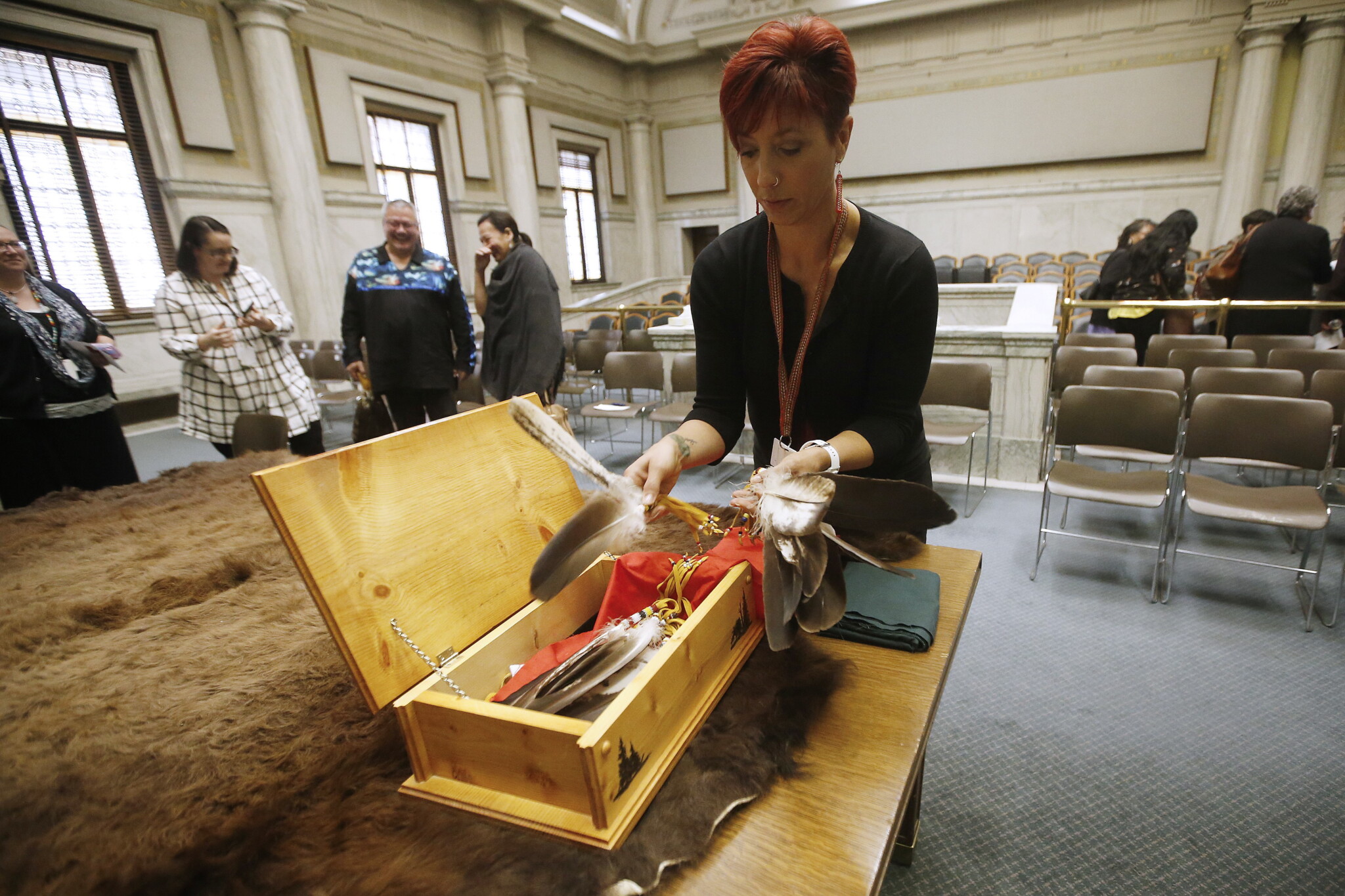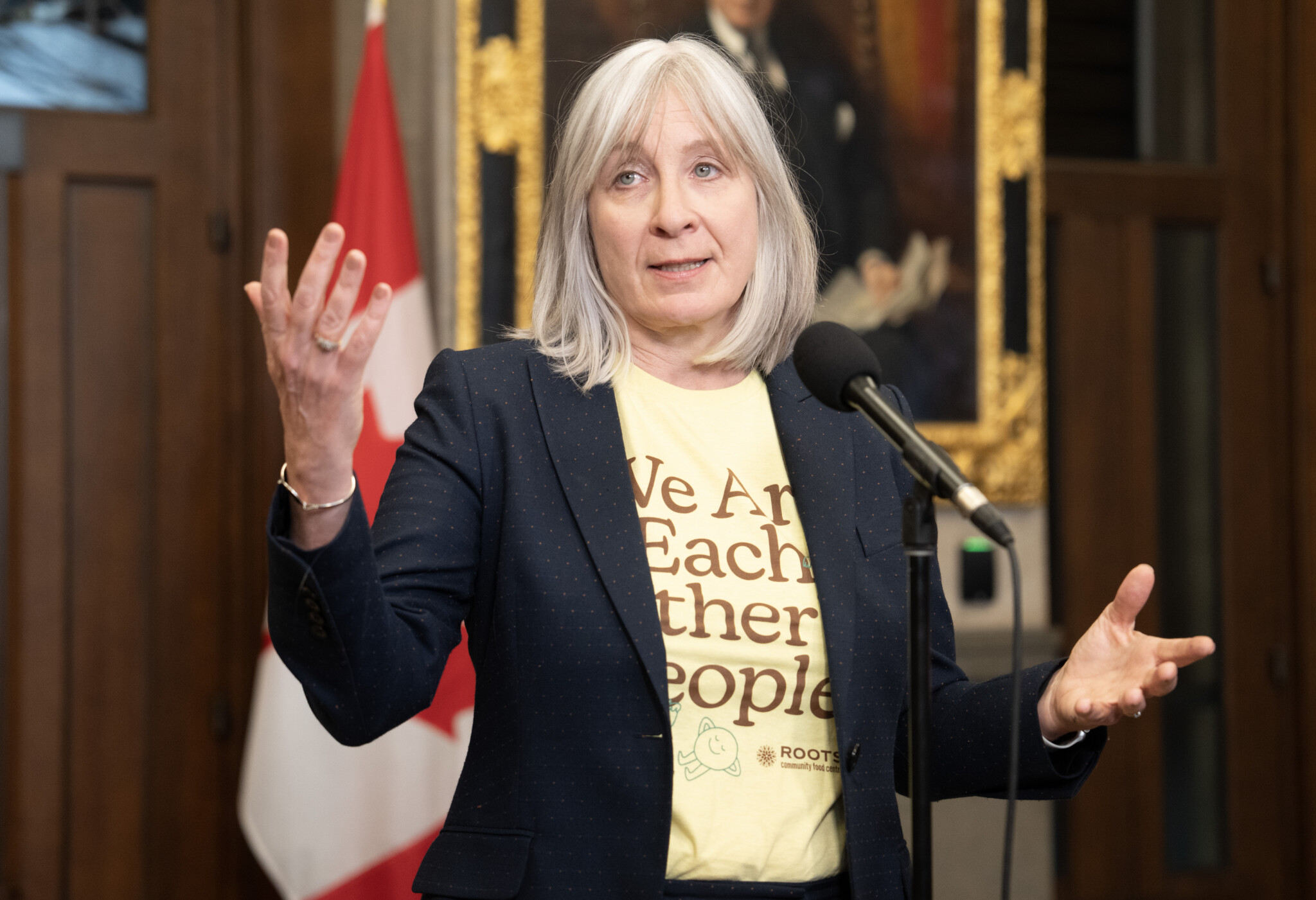At this year’s London Wine Fair, a blind-tasting competition was held on the theme of Old Word versus New World. The Judgement of London was meant as an expansion of the late Steven Spurrier’s 1976 Judgement of Paris which pitted California wines against top French wines from Bordeaux and Burgundy. The results, reports Jancis Robinson, who was a judge, were “pretty equivocal” and, as far as she was concerned, “there was no winner.”
If we have come to the end of the division between Old and New World wines, then this can only be good news for the ones made in South Africa’s Western Cape. South African wines’ ambiguous status, in this regard, is a point of pride, and even marketing. Wine has been made there since the middle of the 17th century, but with a particular youthful energy since the end of apartheid thirty years ago.
That tension, between looking back at tradition and forward to innovation, was on my mind last week when a merry band of sisters and brothers invaded Toronto under the banner of the Premium Independent Wineries of South Africa, or PIWOSA. This group of just twelve wineries from the wine lands that radiate northwards from the cold water coast at Cape Town was formed in 2013 to show wine drinkers in export markets like Canada that there is more to South African wine than the bulk, inexpensive stuff that makes up most of what gets shipped from there.
The wines they brought reflected Old World values like the expression of terroir, but also a New World sensibility of experimentation and trying something new. I am thinking specifically of the first wine I tried, the 2022 Raats Family Bruwer Vintners Lone Wolf Cinsault, poured by Bruwer Raats himself. He explained that the grapes came from vines more than 70 years old.
Cinsault would typically be grown to blend with other grapes to add a fresh and lighter character to a red wine. Here, presented on its own, made in a modern fruit-forward style, it was a lovely juicy cherry bomb of a wine.
Cinsault grapes that made the Lone Wolf were meant to be South Africa’s most planted red wine grape, Pinotage. Apparently, the nursery ran out and the farmer settled for the less popular Cinsault. Pinotage was developed in South Africa as a hybrid cross of Cinsault and Pinot Noir.
If you had a South African wine that tasted a bit like the way a bandaid, or even roasted coffee smells, it was likely made from Pinotage. It was once fashionable to ripen Pinotage as much as possible in the hot African sun to get alcohol levels as high as possible. When that style of winemaking became unfashionable, so did the grape.
Alex Dale either doesn’t care about wine fashion or, with his friend and winery partner Ben Radford, intends to change it. He poured me a taste of the 2022 Radford Dale Vinum Pinotage almost as a kind of challenge. If I am honest, I’ll admit that I would have likely passed the wine by based on anti-Pinotage bigotry.
Mr. Dale opened my mind. The Vinum Pinotage was light, elegant, and even pretty with raspberry and cherry red fruit. I might give it a very slight chill to serve on hot and muggy summer night’s braai (Afrikaans for ‘bbq’).
The “P” in PIWOSA stands for premium, and the Raats Cinsault and the Radford Dale Pinotage both cost more than $20 a bottle: $45.95 and $24.95, respectively. $30 was about the median price point for the wines in the tasting, with most of the 66 poured landing somewhere between $25 and $50.
The most expensive wine might be South Africa’s most famous. Or at least it was more than 200 years ago when it was the exiled and defeated Emperor Napoleon’s favourite drink. Klein Constantia’s 2019 Vin De Constance draws a cool $150 or so for a smaller format 500ml bottle, and it rivals Sauternes and Tokaj as one of the world’s great sweet dessert wines.
At $14.95, the most affordable bottle at the tasting was the 2023 Lifestyle Chenin Blanc from Bruce Jack, poured by his son, Ben. Was it quite as good as Ken Forrester’s $63 2021 The FMC or, for that matter, Bruce Jack’s $34 2022 Ghost in the Machine Chenin Blanc? Maybe not, but it’s in balance with a refreshing lemony citrus character that would go down easily at a party.
Ken Forrester was pouring more than The FMC, whose initials officially refer to vineyard site, but unofficially to a phrase that is both obscene and complimentary that ends with the words “Marvellous Chenin.” With him were also the 2020 Sparklehorse, a dry and crisp sparkling wine made entirely from Chenin, the 2022 Terre Noire Chenin Blanc from Swartland grapes, and the classic Ken Forrester Old Vines Reserve Chenin Blanc that retails for less than $20.
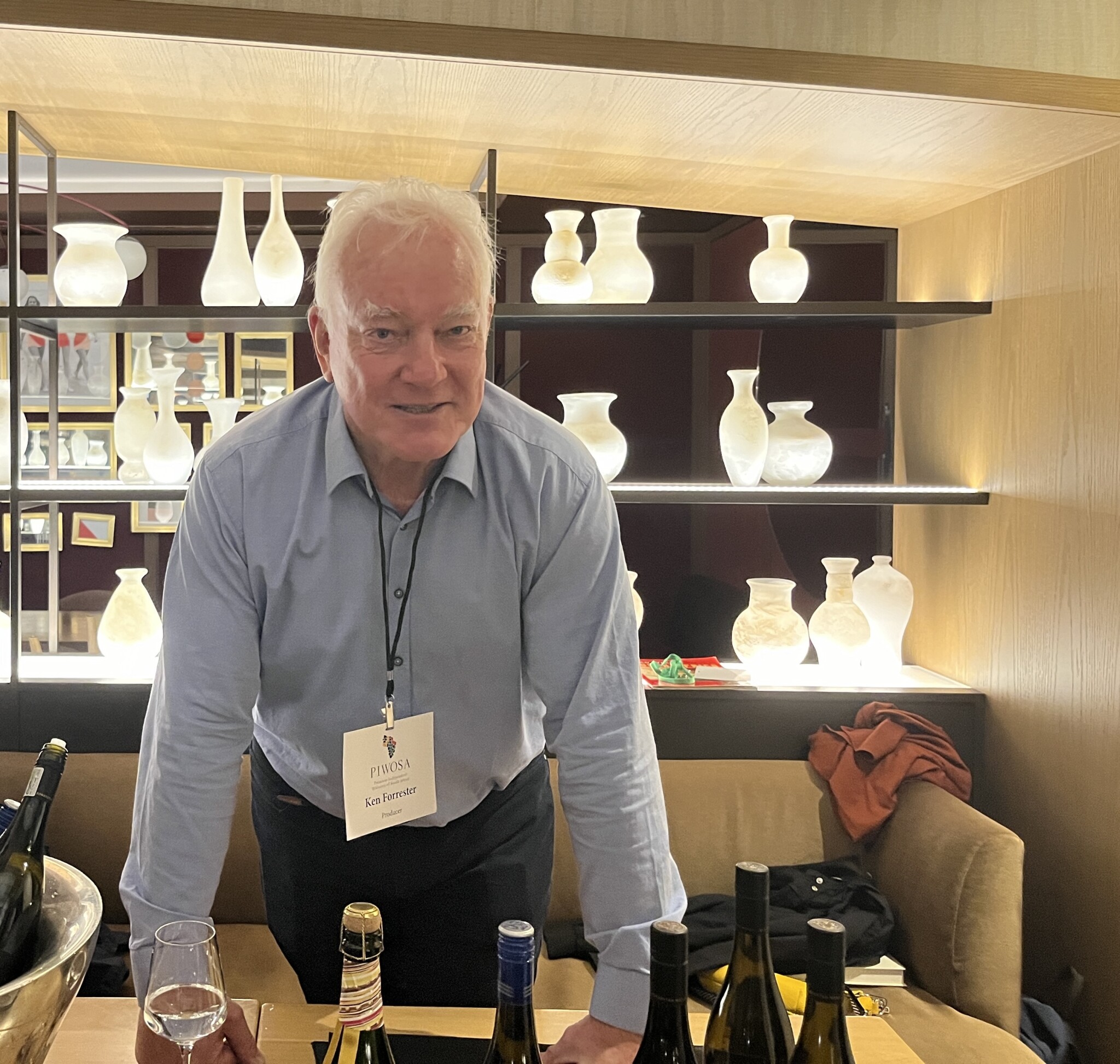
Chenin Blanc champion Ken Forrester at the 2024 PIWOSA trade tasting, Toronto, June 2024. Credit: Malcolm Jolley.
There were, of course, lots of other Chenin on the other tables of the tasting. South Africa grows more Chenin Blanc than any other country.
Jonathan Grieve poured his $39 2020 Avondale Anima, made from 100 percent certified organic grapes that were farmed biodynamically. The Anima was rich, round, and showing tropical fruit notes without losing freshness, and Grieve explained that a fifth of the wine was fermented in clay amphora. I’m not sure if using the most ancient wine-making vessel technology is avant-garde or really old-fashioned, but it seems to work.
Three other wines that also really seemed to work that were not made from Chenin were the 2021 Glenelly Cabernet Sauvignon, made in a decidedly Old World Bordeaux style, which will be sold in Ontario this summer for $19, and two Sauvignon Blancs.
The first Sauvignon Blanc that caught my attention was the $26 Paul Clüver 2023 Sauvignon Blanc, from the cool ocean-affected climate of Elgin, and Springfield’s flinty 2023 Life from a Stone Clüver is best known for his Pinot Noir and Chardonnay, so this passionfruit and gooseberry zinger with his name on the label was a pleasant surprise.
The second Sauvignon Blanc was the flinty, lime citrus noted Springfield 2023 Life from a Stone. While the wine may have evoked the Old World mineral character of a crisp Sancerre, the vineyard it comes from was so rocky that it had to be planted with the help of dynamite. If that’s not New World thinking, I don’t know what is.
The $30 2022 Jardin Barrel Fermented Chardonnay, tasted like a fancy lunch, with cream and citrus notes. Jardin is the label used by Jordan, which is trademarked by the eponymous California winery, and by coincidence seems to share a bit of New World frontier spirit.
At one point in the tasting, I couldn’t tell why Rollo Gabb, the managing director at Journey’s End, was telling me about his family’s winery-led school lunch program, while I tasted his 2021 Journey’s End V5 Cabernet Franc. The wine was fully ripe with notes cherry notes and herbal “fynbos” character; I wanted to talk about the wine.
Later I realized that Gabb was on point. PIWOSA is not just a marketing organization, or even a guarantor of quality or environmental sustainability. Membership also requires a commitment to community involvement. Journey’s End started providing free lunch to children in the Somerset area during COVID-19, when the South African economy was almost completely shut down, and there was no way for people to earn money to feed themselves and no help from the state.
Having identified a need, and having found a way to fulfill it, they have decided to continue the program. They are not alone. Every member of PIWOSA is engaged with one or more community involvement projects.
Here is a list of PIWOSA members below. All of these wineries are present in Canada, and most can be found across most of the provinces. The prices I have given are for Ontario and are sometimes approximate and not set in stone.
While the PIWOSA project is an easy way for consumers to identify great value, and values, in South African wine, almost all premium wines from the Western Cape are worth a try, and offer what the pros call high QPR (Quality Price Ratio). If you’re willing to spend about $20 and up, then you can easily come home with a South African wine as pleasing as anything found elsewhere for much more.
The wineries of PIWOSA are:
Avondale https://www.avondalewine.co.za/
De Grendel https://degrendel.co.za/
Glenelly https://glenellyestate.com/
Jordan https://www.jordanwines.com/
Journey’s End https://www.journeysend.co.za/
Ken Forrester https://kenforresterwines.com/
Klein Constantia https://www.kleinconstantia.com/
Paul Cluver https://cluver.com/
Raats https://raats.co.za/
Redford Dale https://www.radforddale.com/
Springfield https://springfieldestate.com/
The Drift (Bruce Jack) https://thedrift.co.za/
Recommended for You

Malcolm Jolley: Domaine Le Clos Jordanne—an old winery with a new name and a bright future

Malcolm Jolley: With CRUSHABLE, Laura Milnes finds fine wine, finer conversation, and a simple way to create community

Malcolm Jolley: Pantellaria continues to offer with launch of Gabrio Bini

Malcolm Jolley: A new wino hope in Northern Bourgogne

